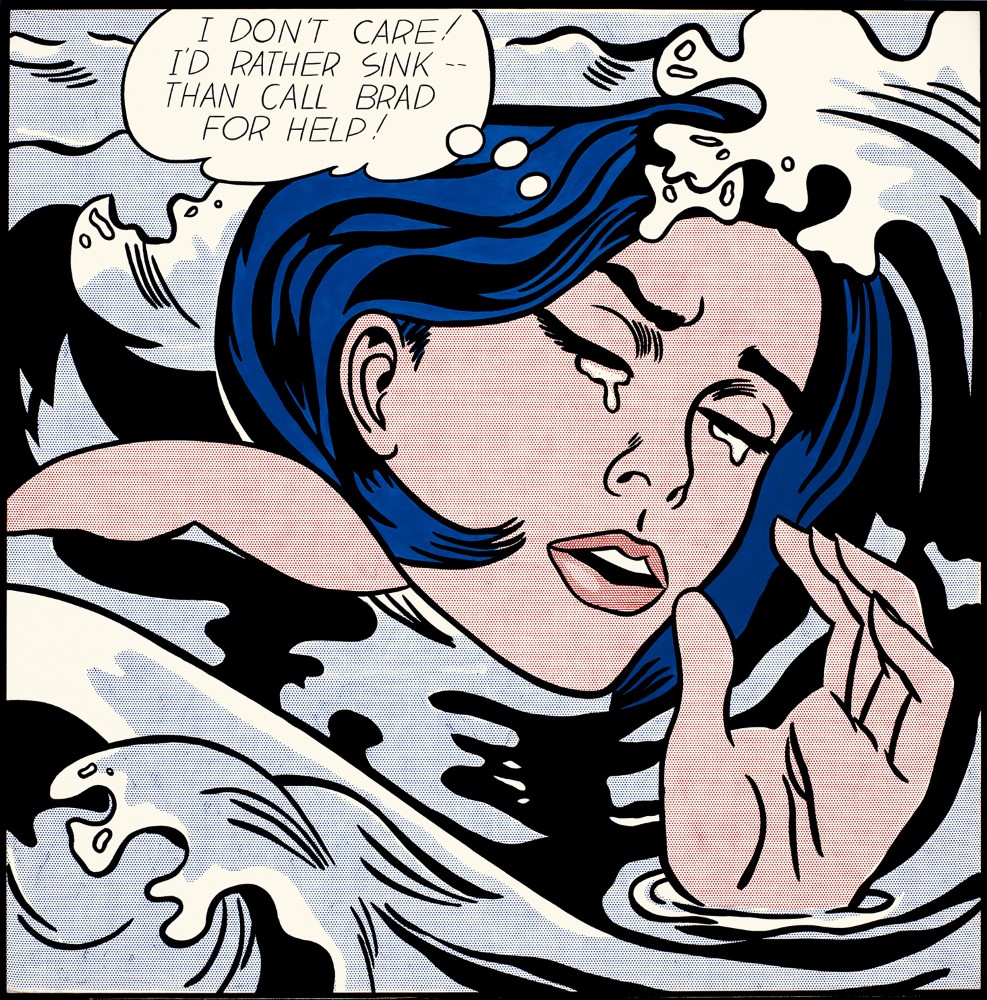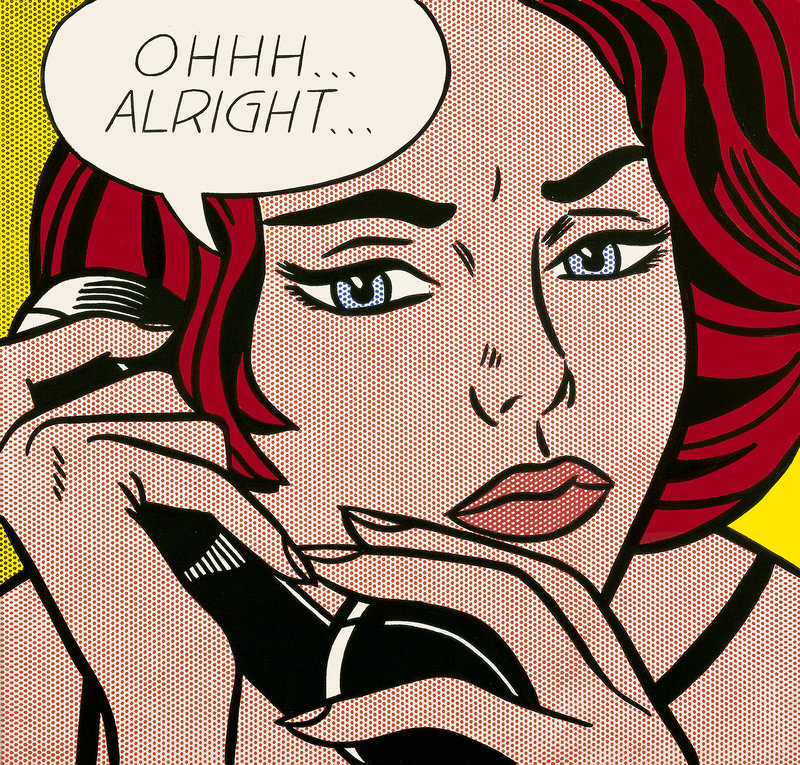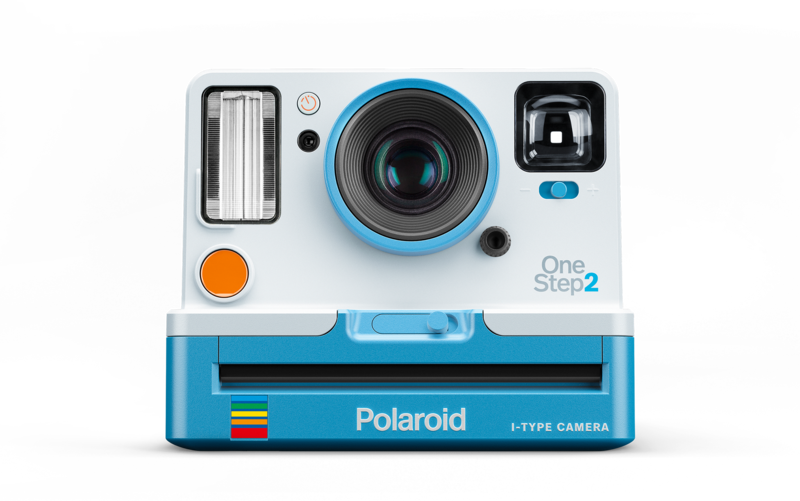Does this explosion look like real to you? Or does it look like something from your favorite comic?
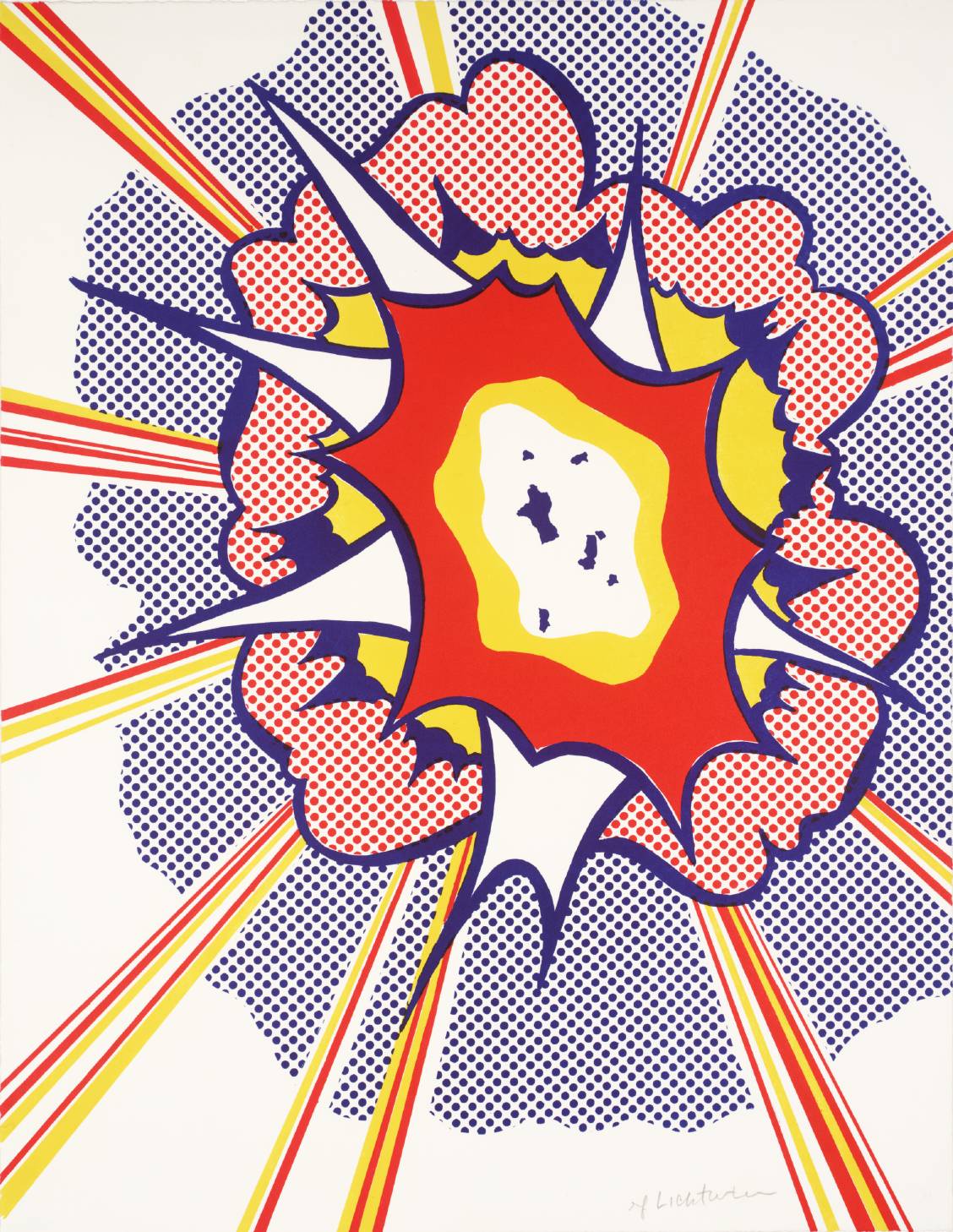
Roy Lichtenstein was one of the most influential and innovative artists of the second half of the twentieth century. He became a leading figure in the new art movement called Pop Art, a movement he helped originate.

His paintings were based on imagery from comic strips and advertisements. His style mimicking the crude printing processes of newspaper reproduction. He also used Ben Day dots, where
small colored dots are closely-spaced, widely-spaced or overlapping. Look closely at his work – can you see how the colors are clear from a distance, but look like tiny dots and dashes close-up?
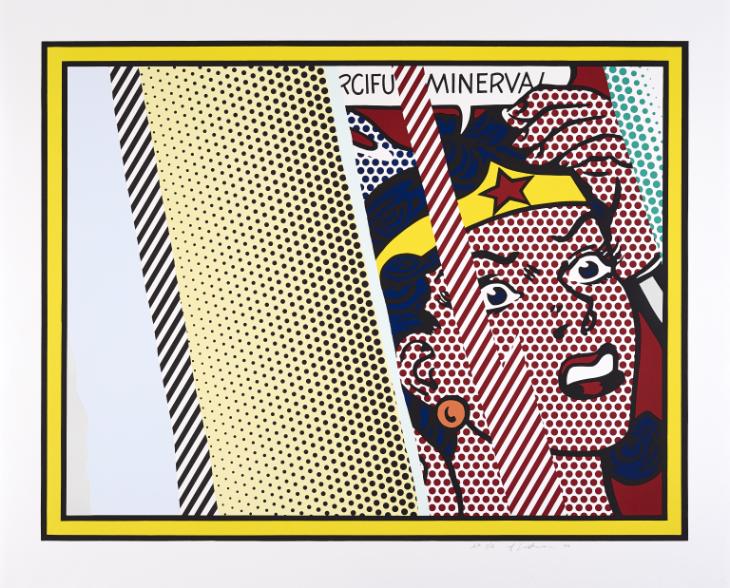
Critics said his work was to simplistic and that he was merely coping comics, but Lichtenstein defended it by explaining how he made changes to the original image down to the tiniest dot.
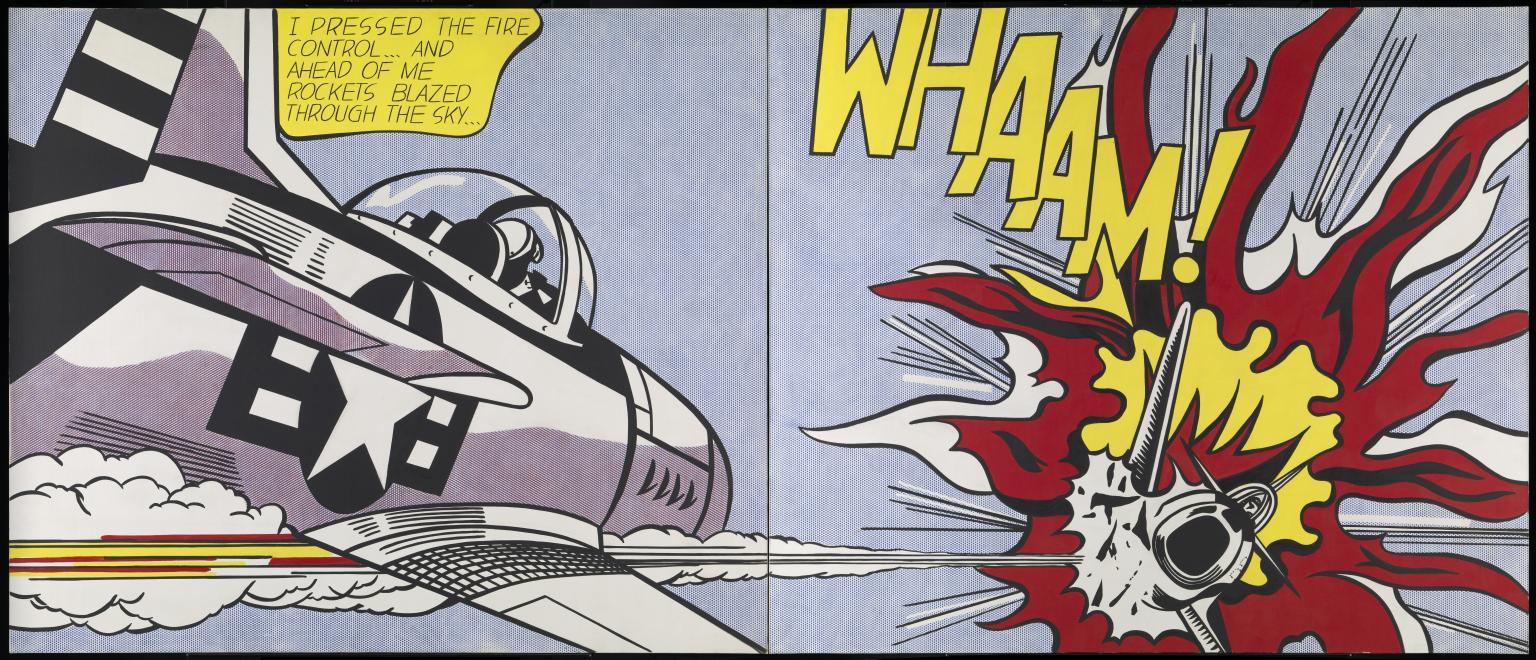
The painting Look Mickey, created in 1961, was the first cartoon work Lichtenstein made that utilized Ben-Day dots, the stylistic technique he is most famous for

